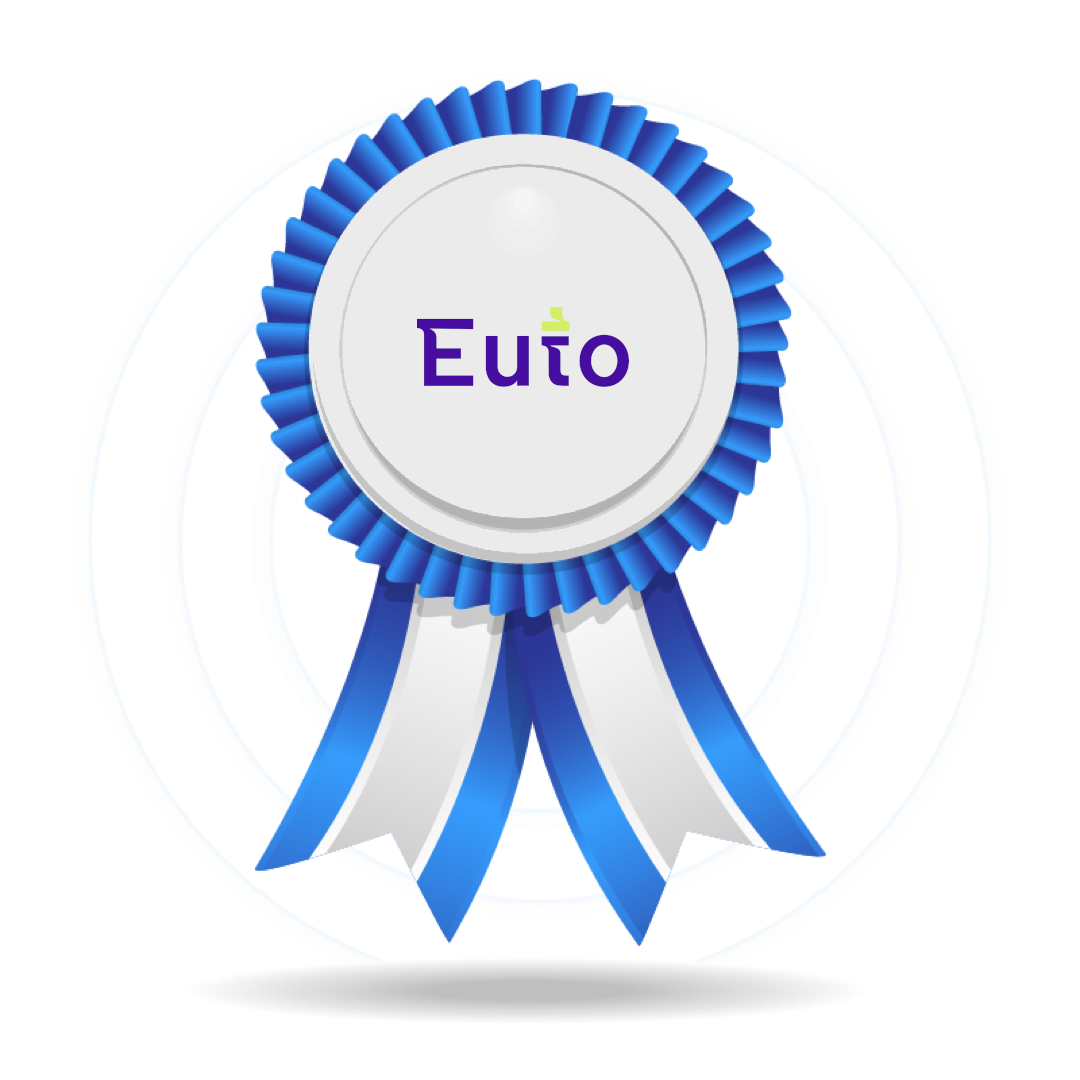IEC 61850 is an international standard for the communication systems of substations controlled by automation. This new standard enables the integration of all protection, control, measurement and monitoring functions within a substation. The main goal is to combine the performance and reliability of today's requirements of substations with ethernet. With IEC61850, it is ensured that high speed transformer protection applications work safely and quickly.
What is IEC 61850?

The purpose of the IEC61850 standard is to enable the use of ethernet technology in substation automation. The aim is to reduce the costs by eliminating the need for a new communication protocol using the TCP/IP (Transmission Control Protocol/Internet Protocol) protocol and to process the signal exchange processes faster. Thus, automations to be used in power plants will be standardized with IEC61850.
In the EUTO product family, the signal exchange time is the basic principle in the IEC61850 standard. The model called GOOSE comes into play in mutual message exchanges. GOOSE is a control mechanism that allows any data format grouped in a dataset to be moved in a period of 4 milliseconds. This mechanism is used as the basic principle to ensure fast data transmission and reliability.
For example, GOOSE messages will be used together with 61850 compatible relays to be used in power plant protection systems, and the relay that detects a fault sends a message to the other and ensures that this relay is locked. While this message sending time is 0.5-0.75 period in traditional hard-wired systems, this time will be reduced to 0.25 period with GOOSE.
The Importance of Using RTUs in SCADA Systems
IEC 61850 is an Ethernet-based protocol that standardizes substation automation in a new generation smart grid concept in a way that all devices can speak the same language in detail.

Devices and software that perform measurement, protection and control operations in energy generation, transmission, distribution and consumption operations in smart grid applications, which are becoming increasingly widespread in our country and all over the world, are in communication with units at their own level and higher levels as "networked" and "communicable" units. tries to ensure more efficient consumption of energy by making system-based decisions. For this, units integrated from different manufacturers and suppliers in these systems must be able to communicate with a standard protocol. Protocols such as Modbus, DNP3, IEC 60870-5-101/103/104, which were widely used in these systems before, standardize the system only in terms of communication model, not data model. When each manufacturer designs the measurement, protection and control data models used in the system in a unique way, its interoperability is very limited, so the efficiency of the system remains at low levels. IEC 61850 has been developed by the IEC organization to include the most up-to-date communication techniques, especially for substation automation, and it includes data models such as the communication media, high-level data package structures and all protection, control, measurement and supervision used in these systems by all manufacturers in the same way. standardizes them in such a way as to require them to be used in a way that Therefore, it is aimed to enable efficient communication and automation of such infrastructure critical and complex systems. In addition, it is not possible to work in an integrated way with current systems without having the IEC 61850 certificate, which is followed by a single authority (UAC) in the world and can only be given as accredited by a few companies. This is an important point that comes with the IEC 61850 standard in order for the systems to work effectively.
With the IEC 61850 protocol, all data in the field can be monitored in real time, controlled by applying the necessary security procedures and processed in a way that can be continuously audited. In addition to these, there are also very important innovations brought by this protocol, especially on the process bus side, compared to previous examples. In particular, "GOOSE" and "Sampled Values" services and IED (intelligent electronic device) devices working actively in the field work with the competence to make energy transmission and distribution operations much more effective by making a joint decision in real-time communication with each other. For example, instead of protection relays that decide on their own and cut off (or open) the energy in old systems, with IEC 61850, a structure that shares the data at the time of failure with each other within milliseconds at the time of failure and takes a common control decision is possible. Thus, it can be ensured that only the faulty area can be isolated without de-energizing all areas affected by a fault, even for a temporary period. This allows for the realization of a much higher quality energy supply both on the production, distribution and transmission, and especially on the consumption side. In addition, in recent years, studies covering the entire system have been carried out in a way that this protocol is not only limited to the substation side, but also extended to the control center.
IEC 61850 has entered the specifications as a must in almost all points in our country and in the world. Providing this protocol effectively in our products is very important in terms of competitive advantage, but otherwise, it will lead to being out of the market day by day.
Advantages of EUTO RTUs
- Thanks to its modular and compact structure, it can be customized and optimized according to different needs.
- Entire system integration can be done end-to-end turnkey.
- The entire system can be configured with advanced user interfaces.
- The hardware and software units of the solution are cost-effective compared to their counterparts.

eRTU-X101 reads data from the meters in the field with serial or ethernet protocols. Simultaneous communication can be provided with different brands of meters on the same line over different protocols (for example, modbus and DLMS).
It is designed in a modular structure and can provide different types of communication in the field at once. Thus, application-specific hardware cost is optimized. It uses EtherCAT protocol in terms of speed, security and uninterrupted communication in its internal communication with its additional modules.
